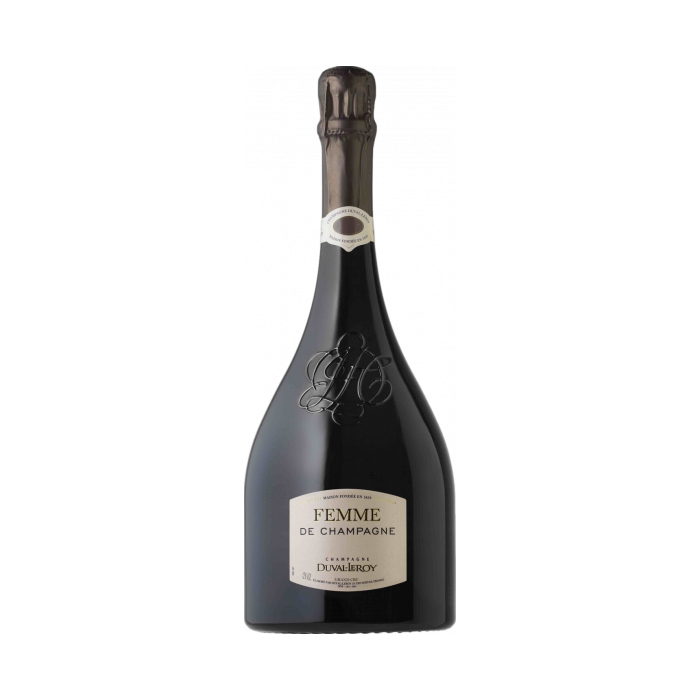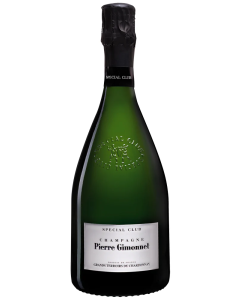We use cookies to make your experience better. To comply with the new e-Privacy directive, we need to ask for your consent to set the cookies. Learn more.
Champagne Duval-Leroy Femme de Champagne Grand Cru NV Magnum
Champagne Duval-Leroy Femme de Champagne Grand Cru NV Magnum
- Grapes Chardonnay 80%, Pinot Noir 20%
- Country France
- Region: Champagne Champagne Grand Cru
- Abv 12 %
- Dry/Sweet value: 1 (1 is dry, 7 is very sweet)
Residual Sugar: 4
Contains Sulphites: Yes
Vegetarian/Vegan: Yes/Yes
Milk/Eggs: No/No
Organic: No
Biodynamic: No - Case size 3 / 150cl
- Winemaker: Sandrine LogetteJardin
- Closure Mushroom Cork
- This champagne exudes elegance with its silky texture and evocative hawthorn and honeysuckle floral notes, which gracefully lead to almond and toasty overtones. Its lively and beautifully balanced palate carries through to a long and poised finish.
The first Champagne to be certified Premier Cru, this cuvée is composed of Chardonnay (70%) and Pinot Nor (30%); the blend has remained unchanged since it was created by Raymond Duval-Leroy back in 1911. The grapes were hand-harvested and fermented with selected yeasts at temperatures of 18°C in stainless steel tanks. The still wine underwent malolactic conversion, resulting in a softer mouthfeel, and the still wine did not have any lees contact, maintaining the purity of the fruit. Dosage 9.5g/l.
This champagne exudes elegance with its silky texture and evocative hawthorn and honeysuckle floral notes, which gracefully lead to almond and toasty overtones. Its lively and beautifully balanced palate carries through to a long, poised finish.
| Country | France |
|---|---|
| Vintage | NV |
| Bottles Per Case | 3 |
| Bottle Size | 150 |
| 2 cases 10% off | No |
| Winery | The three revered Chardonnay Grand Cru sites of Oger, Cramant and Le Mesnil sur Oger and the Pinot Noir Grand Cru site of Ambonnay produced the grapes for this cuvee. Champagne Duval-Leroy was one of the first Champagne houses to be HVE3 certified. Measures are taken to combat the run-off of rainwater to limit the pollution of underground and superficial water; grass cover crops are grown, and processes to combat soil erosion are employed. Biodiversity is positively encouraged, sustainable fertilisers are used, and sexual confusion of predators takes place instead of insecticides. The plots and weather conditions are carefully monitored, with soil testing and cartographic, computerised traceability of products used. |















